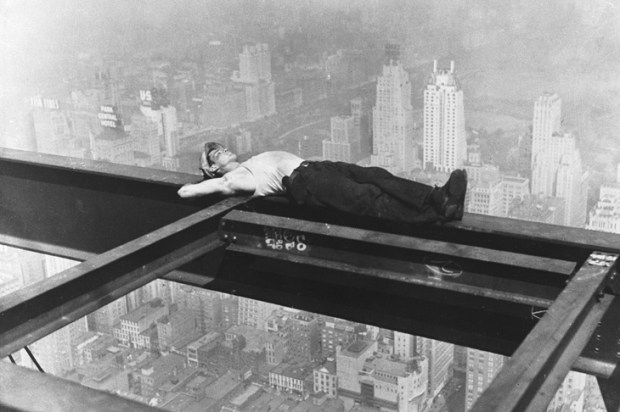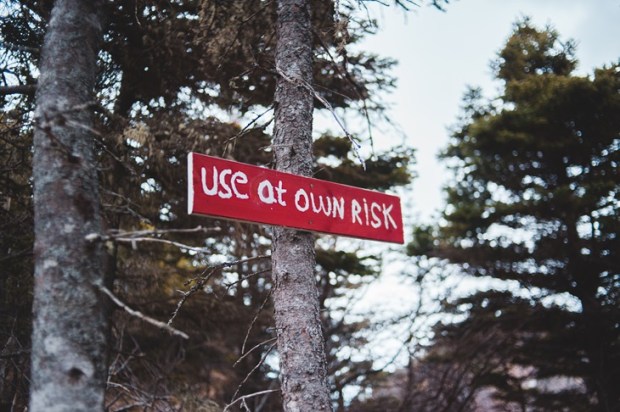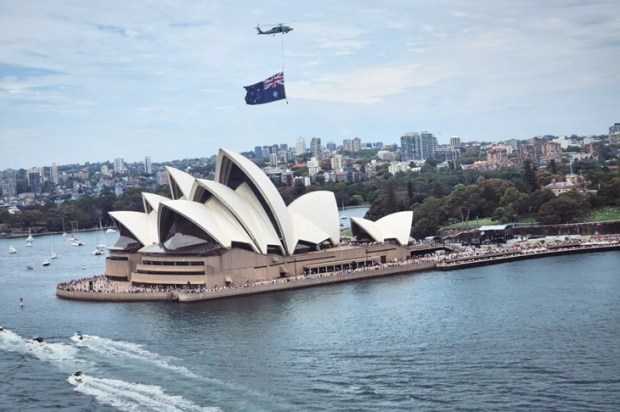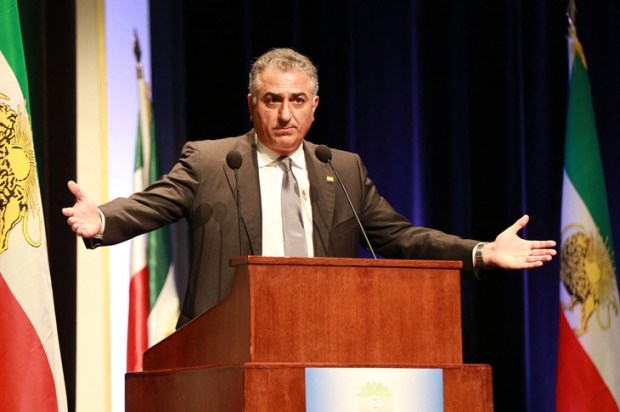In 2017, Rod Dreher’s book The Benedict Option became a New York Times best seller. The subtitle of the book is: ‘A strategy for Christians in a Post-Christian World’, but it became a mainstream interest as the tide of post-modernism washed over the USA and throughout the English-speaking world.
The thesis of the book is quite shocking. Dreher argued that the capture by the left of all institutions in society was complete, and he was doubtful that this could be changed. Instead, Dreher advocates for what he calls ‘the Benedict Option, a deliberate and strategic withdrawal from mainstream society to form intentional, faith-centered communities’ similar to the establishment of monasteries by St Benedict after the collapse of the Roman Empire.
The concept sounds new, but the idea of a culture war lost was articulated by Ayn Rand in her novel The Fountainhead way back in 1943, where she wrote about ‘uncontested absurdities’ which eventually become the ‘country’s official ideology’ and by then, ‘…they have won. It’s over. The contest is closed. There was a contest – not anymore. The winners are now just shooting the survivors.’
Generally, conservative culture commentators argue that there is always hope of turning the tide, and through argument, the love of truth, wisdom and beauty, all that is good in the Western tradition will eventually turn things around. Dreher clarified in his forward to the 2018 edition that he was not ‘…urging Christians to head for the hills [but] I do call for a strategic withdrawal … to gain space in which to regroup, retrain, and re-engage in the long struggle – the Benedict option is not a call to escapism and inaction.’
The Benedict Option was on my mind when I attended two retreats at the Benedictine Monastery at New Norcia (132 km north of Perth) this year. I was wondering if the Benedict Option would be raised, or if there was any relevance at all for this issue during the retreats. The answer is, well sort off, but not how I expected.
The New Norcia Monastery is a remarkable place. It is actually a town, the only monastic town in Australia. Established in 1846 it contains, besides the Monastery, a grand Church, a hotel, old and new flour mills, buildings that formerly housed a college for girls and one for boys, an orphanage (effectively a boarding school for Aboriginal boys and one for girls), 20 houses and various farm buildings and workshops. There is also an outstanding museum and art gallery. It used to include an approximately 8,000-hectare farm, but this was sold, as reported in the Catholic Weekly (22 August 2022) to Andrew Forest. The Catholic Weekly stated, ‘Due to its liabilities relating to redress for historical abuse, the Benedictine Community of New Norcia has made the difficult decision to sell the majority of its farm.’ This terrible part of the town’s history is covered in the Museum and a monument opposite the Monastery.
The Monastery offers 17 retreats and study courses throughout the year, I attended ‘Monk Mode – Applying Monastic Principles to Everyday Life’ and ‘An Introduction to Ecclesiastical Latin’. Both courses were led by Fr Robert Nixon, a resident monk. Fr Robert is a gifted musician, and is a Fellow of Trinity College of Music, London, and the London College of Music (University of West London) and has also translated several books from Latin to English.
Course participants are encouraged to join the monks in their routine of prayer, and this certainly helps in understanding their routine. The monks attend prayer services six times a day, starting at 5.00 am (Vigils), then 6.30 am (Lauds), 7.30 am (Mass), 12 noon (Midday Prayer), 2.30 pm (Afternoon prayer), and 6.30 pm (Vespers). After 8.15 pm there is the ‘Great Silence’ until 8 am. It is possible to join the monks for dinner, which is held in silence, other than a reading, and a musical accompaniment.
On being told of the start time of 5.00 am for prayer, one course attendee, quipped, ‘Is it okay for me to just sleep in until 7.00 am?’ Fr Nixon cleverly responded, ‘If you feel you can best glorify God by sleeping in until 7.00 am, that’s fine.’ It was later that I realised the motto on our course notes, ‘Ut in omnibus glorificetur Deus.’ Translated to, ‘That God may be glorified in all things…’ A motto of the Benedictine Order.
I won’t go into the content of the two courses, other than to say they were well-researched, rigorous, and the groups discussions were professionally run. What was unexpected, and perhaps most valuable, was the ability to experience, albeit briefly, a culture, or more accurately, a counter-culture. The monastic culture respects values such as beauty, truth, wisdom, and lives to a rhythm, totally alien to the modern world.
The ambiance of the monastery is one of silence; there are no distracting sounds of motor vehicles (a ring road around the town has made a big difference), muzak such as is heard in cafes and shops, or other distractions. In this world, it seemed rude to be scrolling in public, and instead, at meals groups of strangers were engaged in easy and worthwhile conversations. Surrounded by farmland and a flowing river (in winter), it was easy to go for a long walk in private. It is fitting that a motto of the Benedictines is ‘Pax’, or peace.
On the last day of the retreat, a Sunday Mass is held in the large church opposite the Monastery. This is a most impressive service in a beautiful church, with Latin singing, liberal burning of incense and a virtuoso performance on the piano and organ by Fr Nixon. It is all very Catholic and an experience for the senses.
A tour of one of the 5 libraries is offered after the Mass, which takes you into the more restricted part of the Monastery. Here you can view a large collection of writings (in Greek, with a Latin translation on the page) from the Church fathers and Saints, as well as an enormous collection of books and journals up to the present day. I even spotted a Jordan Peterson book.
Art and Learning are highly valued, and being in the presence of beauty, either through architecture, crafts, or traditional paintings and tapestries, is inspiring in a way that contrasts with the alienation of most modern art, and the draining Brutalist architecture, so common today.
In addition to Pax, another motto is traditional ora et labora (‘pray and work’), so lebora (work) is a key part of a monk’s life. Although retreat/study participants do not need to join the monks in this part of their life, it is clear that work forms an important part of their routine.
I felt the overall experience at these retreats is counter-cultural, due to the combination of silence, peace, theology, beauty, art, architecture and intellectual endeavour. I can’t think of a mainstream institution that offers this today. Once universities may have done, but certainly no more.
Rob Dreher’s book was never mentioned by the monks, and most of the participants hadn’t heard of it. But being immersed in the New Norcia Monastery, I felt a greater understanding of the argument put by Mr Dreher. Experiencing just a glimpse of the Benedictine way certainly gives you an insight into how cultures, whether it be after the fall of Rome, or today, can drift well off course.

























